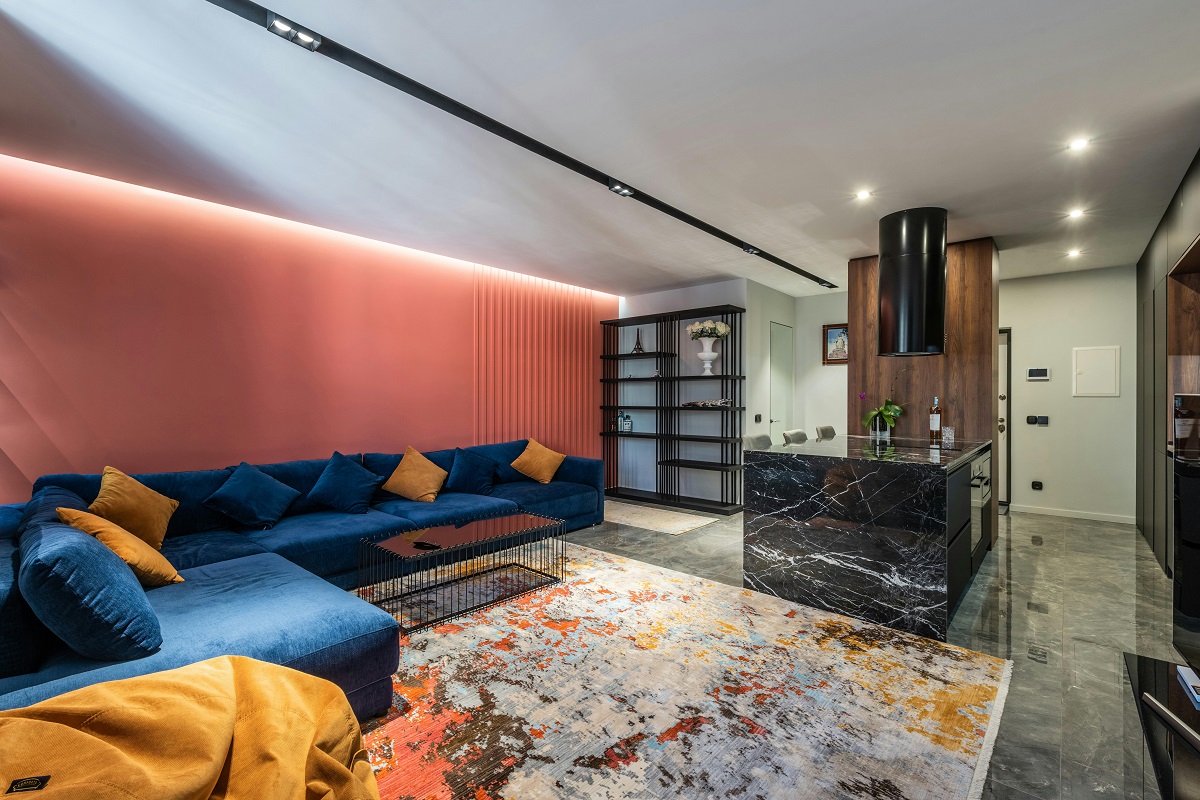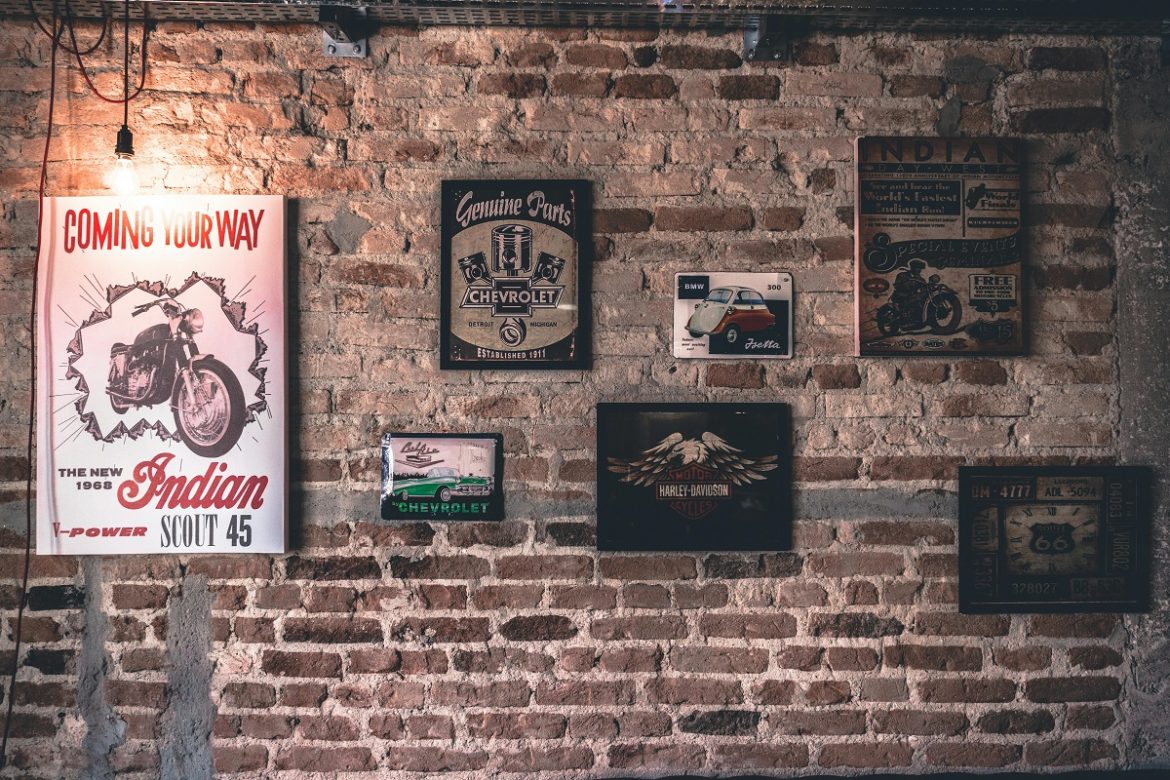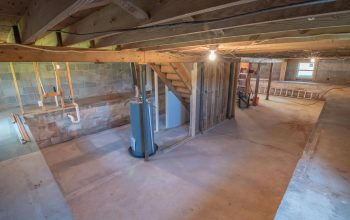
Remodeling your basement is a fantastic way to add usable space to your home, increase its value, and create a cozy retreat for your family. But one crucial part that often gets overlooked is the basement walls. Choosing the right basement wall design can dramatically impact not only the style but also the durability and functionality of your remodel. In this article, we’ll explore a range of basement wall ideas that combine style with strength — so you get the best of both worlds.
Why Do Basement Walls Matter in a Remodel?
Before diving into design options, it’s important to understand why basement walls deserve special attention. If you’re learning how to finish a basement, focusing on the walls is key because they help control moisture, improve insulation, and set the overall style and durability of your new space.
- Moisture and water resistance: Basements are prone to moisture issues, so walls must be durable and resistant to water damage.
- Insulation: Proper wall treatments improve energy efficiency and keep your basement warm and comfortable.
- Aesthetics: Basement walls set the tone for the whole space. From modern to rustic, the right wall design can transform the feel of the room.
- Structural integrity: Especially if you’re finishing a basement with living spaces, the walls must be solid and safe.
What Are the Most Popular Basement Wall Materials?
When planning your basement remodel, one of the first questions is: What materials should I use for the walls? Here are some common and reliable options:
1. Drywall (with Moisture Barrier)
- The classic choice for finished walls.
- Requires proper waterproofing and moisture-resistant drywall to prevent mold.
- Easy to paint or wallpaper for customization.
- Works well if your basement is already dry and insulated.
2. Concrete or Cement Panels
- Very durable and resistant to water damage.
- Can be painted or covered with decorative finishes.
- Offers an industrial or modern look if you leave it exposed.
- Requires sealing to avoid moisture seepage.
3. Plywood or Wood Paneling
- Adds warmth and texture.
- Must be treated for moisture resistance or installed with a moisture barrier.
- Can be stained or painted.
- Rustic or vintage style enthusiasts often prefer wood paneling.
4. Brick or Faux Brick Veneer
- Classic and stylish, especially for exposed brick walls.
- Faux brick is lighter and easier to install.
- Great for creating an urban loft or cozy cabin vibe.
- Needs sealing against moisture.
5. Stone or Stone Veneer
- Luxurious, durable, and timeless.
- Adds texture and natural beauty.
- More expensive and labor-intensive to install but long-lasting.
- Excellent for accent walls.
How Can You Make Basement Walls More Stylish?

Basement walls don’t have to be dull. Here are some creative ideas to turn your basement walls into style statements:
Use Bold Paint Colors or Patterns
A fresh coat of paint can instantly brighten your basement. Consider deep blues, greens, or warm grays for a cozy feel. For a unique touch, try:
- Stripes or geometric patterns.
- Accent walls with contrasting colors.
- Chalkboard paint for a fun, functional space.
Install Wainscoting or Beadboard
Adding wainscoting or beadboard gives basement walls a classic, finished look. It also protects the walls from scuffs and damage, which is helpful in a high-traffic basement.
Mix Textures
Combining materials, such as drywall with exposed brick or wood paneling with stone accents, creates visual interest and breaks up the monotony.
Add Wall Art or Shelving
Decorative elements like framed prints, large mirrors, or built-in shelves can make basement walls feel less like basement walls and more like part of your living space.
What Are Durable Basement Wall Solutions for Moisture-Prone Areas?
Basements often struggle with dampness, so durability is key. Here are some basement wall ideas that stand up well against moisture:
Waterproof Wall Panels
Specialty waterproof wall panels made from PVC or composite materials can be installed directly over basement walls. They’re:
- Resistant to mold and mildew.
- Easy to clean.
- Available in various finishes and colors.
Cement Board with Tile
For areas prone to moisture (like a basement bathroom or laundry area), cement board covered with ceramic or porcelain tile offers excellent durability and a sleek finish.
Epoxy-Coated Walls
Applying an epoxy coating creates a tough, waterproof barrier on concrete walls. Epoxy finishes come in many colors and can even have decorative flakes embedded for a more finished look.
Should You Insulate Basement Walls During Remodeling?
Video Source
Yes! Insulating basement walls is a smart move that improves comfort and energy efficiency. Here’s what to consider:
- Rigid foam insulation is a popular choice because it doesn’t absorb moisture and can be applied directly to concrete walls.
- Spray foam insulation offers excellent air sealing but may be more costly.
- Always install a vapor barrier to prevent moisture from entering the insulated walls.
- Proper insulation keeps your basement warm in winter and cool in summer, making it a comfortable living area year-round.
What Are Easy DIY Basement Wall Upgrades?
If you’re tackling a basement remodel on a budget or want quick updates, try these easy DIY wall ideas:
- Peel-and-stick wall panels or wallpaper: Great for instant style without major renovations.
- Temporary wall decals or murals: Perfect for renters or those who like to change decor frequently.
- Floating shelves: Adds storage and visual appeal with minimal effort.
- Paint concrete walls: Sealing and painting the concrete can brighten the space instantly.
How to Prepare Basement Walls Before Remodeling
Before adding new wall materials or finishes, make sure your basement walls are ready:
- Check for cracks or leaks: Repair any damage with hydraulic cement or patching compounds.
- Seal the walls: Apply waterproof sealant or paint to prevent moisture penetration.
- Clean thoroughly: Remove dirt, mold, or mildew.
- Address insulation needs: Decide on and install insulation if needed.
- Frame walls: Build stud walls if you’re installing drywall or paneling.
Proper preparation ensures your remodel lasts for years without issues.
What Basement Wall Ideas Work Best for Different Styles?
Different decor styles call for different wall treatments. Here’s a quick guide:
| Style | Basement Wall Ideas |
| Modern | Smooth drywall, concrete finishes, epoxy coatings |
| Rustic | Wood paneling, exposed brick, stone veneer |
| Industrial | Exposed concrete, metal panels, brick walls |
| Traditional | Wainscoting, beadboard, painted drywall |
| Cozy/Bohemian | Textured wallpaper, mixed materials, warm paint colors |
How Much Does Basement Wall Remodeling Cost?
The cost varies widely based on materials and labor, but here are some rough estimates:
- Drywall installation: $1.50 to $3.50 per sq ft.
- Waterproof wall panels: $3 to $6 per sq ft.
- Brick or stone veneer: $10 to $30 per sq ft.
- Paint: $0.50 to $2 per sq ft.
- Epoxy coatings: $3 to $7 per sq ft.
Keep in mind that prepping walls, insulation, and repairs may add to the total budget.
Closing Thoughts: Combining Style and Durability in Your Basement Walls
A successful basement remodel balances aesthetics with practical concerns like moisture resistance and insulation. Whether you prefer a sleek modern look or the warmth of natural materials, there’s a basement wall idea to suit your style and your space’s needs.
Before you start, assess your basement’s condition carefully and consider consulting a professional to address structural or moisture issues. With the right materials and design choices, your basement walls can become a beautiful, durable foundation for your remodeled space.




